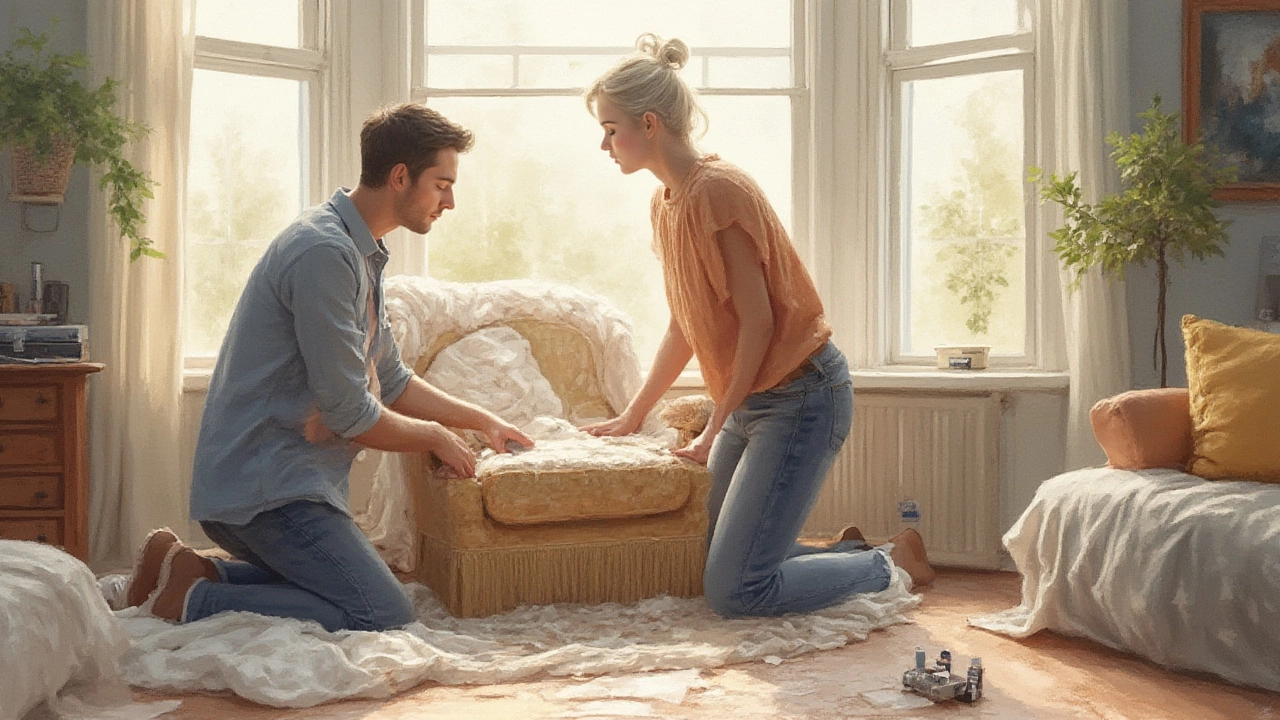Wondering how to store furniture the right way? Learn practical tips for choosing, protecting, and arranging your furniture—without the stress.
Furniture Storage Tips That Really Work
Running out of room for your sofa, chairs or seasonal pieces? You’re not alone. Most of us cram bulky items into closets or hide them behind doors, only to end up with dents, dust and a messy home. Below are straight‑forward tips you can start using today to store furniture efficiently and keep it looking fresh.
Plan Before You Pack
The first step is to know what you have and where it’ll go. Pull each item out, measure its height, width and depth, then sketch a quick layout of the storage space. Knowing the exact dimensions prevents the classic mistake of forcing a large armchair into a too‑small unit, which leads to damage. Use a piece of tape on the floor to mark the footprint of bigger items – it gives you a visual cue and helps you arrange things in the most logical order.
When you store furniture, always keep the heaviest pieces at the bottom and lighter ones on top. This not only stabilizes the load but also makes it easier to pull items out later without a whole stack collapsing on you.
Protect Surfaces and Save Space
Cover furniture with breathable fabric covers or old mattress protectors. Plastic sheets can trap moisture and cause mold, especially on wood. A cheap moving blanket works wonders for sofas and dining tables – it cushions against scratches while you slide the pieces into place.
Take advantage of vertical space. Install a sturdy ceiling‑mounted rack for sturdy items like a small wardrobe or a metal bookshelf. If you have a 10x10 storage unit, stack sturdy boxes on the floor, then place lighter furniture on top. According to our “Maximize Your 10x10 Storage Unit” post, you can typically fit a two‑seater sofa, a coffee table and a few chairs into that space when you use the right stacking order.
Disassemble what you can. Many modern sofas have removable legs, and many dining chairs have detachable backs. Removing these parts shrinks the overall footprint dramatically, letting you slip more pieces into tight corners. Keep the screws in a labeled zip‑lock bag and tape it to the furniture for easy re‑assembly.
Finally, label everything. A quick “Sofa – Front” or “Chair – Left Arm” tag saves hours of hunting later. Even a simple sticky note on the top of a box can be a lifesaver when you’re trying to find that one chair you need for a guest.
With a little planning, protective covers, smart stacking and clear labeling, you’ll turn a chaotic storage area into a tidy, functional space. Your furniture will stay in good shape, and you’ll spend less time digging through boxes when you need something. Give these tips a try and notice how much more room you actually have in your home or storage unit.
